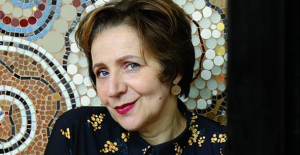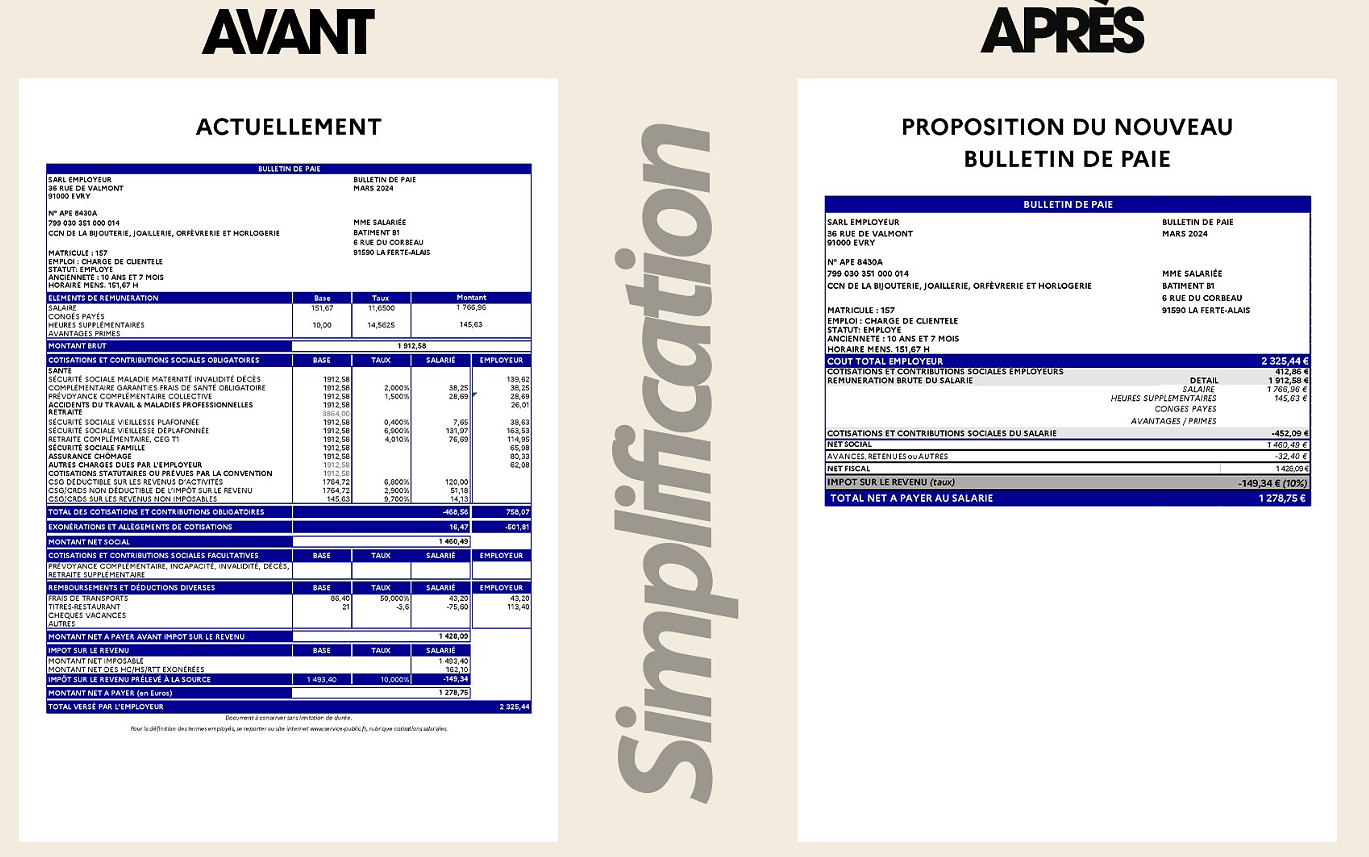The three-year-old country boy Alan Kurdi drowned on 2 september 2015, when he and his family tried to get from Turkey to Greece in an unsafe dinghy. The image of the lifeless little boy lying in the water spread all over the world and became a symbol of the tragedy when the migrants lose their lives in flight from war or poverty to Europe.
the Year 2018, the dog 2.300 refugees and migrants in the Mediterranean sea, according to an estimate by the UN refugee agency (UNHCR). It means more than six people each day. The situation has changed since 2016, when more than twice as many people died.
Link to the graphicsthe Year 2018 arrived a total 116.600 refugees and migrants to Europe over the Mediterranean sea. Most survived, thus the trip but flyktvägen is to be considered as very dangerous. In addition, a ferry ride cost the equivalent of tens of thousands of dollars paid to a refugee smugglers.
many of the refugees this dangerous and expensive route? And what is the responsibility of the EU?
the UN refugee convention sets out the criteria for who can receive refugee status. It specifies in detail who should be considered a refugee and what legal protection, other assistance and social rights a refugee should receive from the countries which signed the convention.
the refugee convention, it was decided in the year 1951 as a result of the refugee crisis that arose in the final stages of the second world war, that is to say, in a completely different time under completely different circumstances. The majority of the refugees were already in the intended country of asylum when the convention was written.
originally referred only to refugees in Europe before 1951. The year 1967 saw the adoption of an additional protocol to the refugee convention, which removed this limitation. Most countries, including EU member states, have ratified the convention. It means that the agreement is legally binding for the states.
take to the territory of a country has the right to seek asylum. The convention thus applies to only those people who physically come to another country. If a country wants to limit the asylsökandet becomes an effective way to prevent refugees at all get there.
Since the 1960s, the global migration changed in character. The number of people displaced has increased dramatically in recent years. Never before in modern times have so many people been on the run now, approximately 68,5 million people. The reasons are, above all, the war in Syria. Although many asylum seekers have come to Europe in the past years escapes most of the people to the nearest neighboring country which is mostly a developing country.
Several factors help to so many refugees are risking their lives to take the dangerous route over the Mediterranean sea:
1. Visa requirements and transportörsansvarAll EU countries have visa requirements towards citizens from the countries that most refugees come from. All of the countries in Africa and Asia, with few exceptions, the subject of the visa requirements to the EU. A person who wants to travel from Afghanistan, or for that matter Kenya, in the business or turismärenden to Europe only get a visa if he or she can show that the hen is not a likely potential asylum seekers. Get can it. The requirements would be ineffective if the visa was checked only in connection with the entry, for example, at an airport as you have the right to seek asylum there. Therefore complemented the EU in the year 1999 the visa requirement with a so-called liability as carrier within the framework of the schengen Acquis. This means that air, rail, ferry and bus operators may not take on board people without a visa. They would do it, the companies are required to pay both return and possibly subsistence. In addition, companies can get to pay a fine.
while not in the formal sense of the refugees possibility to seek asylum in accordance with the refugee convention. But the liability ceases means in practice that EU law prevents asylum seekers from entering the Schengen area with, for example, air or ferry.
When a refugee is taking the dangerous route over the Mediterranean, they will automatically receive the right to seek asylum as soon as they reach an EU country.
2. Barriersin Addition, the EU has introduced a series of barriers. It has become more common with physical fencing. Most famous is probably the triple patrolled fence that separates the two small Spanish enclaves of Ceuta and Melilla on the African mainland coast from Morocco. They are a part of Spain and is, therefore, at the EU's external border. The purpose of the fence is to prevent illegal immigration from african countries.
the Year 2011, Greece started to build barriers along the border with Turkey. Year 2013 made Bulgaria the same thing. Hungary started the year 2015 build a fence along its southern border.
in southern Europe, which built barriers. The year 2016 began in Norway to put up fences to prevent a migrantström at the border crossing point with Russia. It was then the syrian refugees cycled into Norway via Russia.
Furthermore, the five EU-countries (Sweden, Denmark, Germany, France and Austria) have introduced temporary border controls. The means to police at selected locations ensures that people who enter the country have the right to stay in the country.
3. Agreements with countries outside the EUROPEAN unionIn march 2016, joined the EU and Turkey, an agreement to reduce the number of refugees who from Turkey into the EU. The agreement was negotiated by German chancellor Angela Merkel. All migrants who come to Greece from Turkey and do not have valid travel documents shall be sent back to Turkey. For this Turkey to get paid three billion euros in a first round. In addition, the EU promised to re-energize the work with the negotiations for a Turkish membership of the EU. Turkish citizens received on access to the visa-free Schengen-zone.
Since Turkey-the agreement was signed, they have routes that refugees and migrants bring to the EUROPEAN union changed. For the first time in several years, Spain was 2018 the most common route into Europe. Around 8,000 people came by land (through the enclaves of Ceuta and Melilla), and further 54.800 managed to get over the dangerous area of the western Mediterranean.
Last year, sought 646.000 people asylum in the EU. It is a lower level than the peak year of 2015, but still significantly higher than the years 2008 to 2013:
Link to the graphicsLink to the graphics
Link to the graphics
Link to the graphics

 His body naturally produces alcohol, he is acquitted after a drunk driving conviction
His body naturally produces alcohol, he is acquitted after a drunk driving conviction Who is David Pecker, the first key witness in Donald Trump's trial?
Who is David Pecker, the first key witness in Donald Trump's trial? What does the law on the expulsion of migrants to Rwanda adopted by the British Parliament contain?
What does the law on the expulsion of migrants to Rwanda adopted by the British Parliament contain? The shadow of Chinese espionage hangs over Westminster
The shadow of Chinese espionage hangs over Westminster Parvovirus alert, the “fifth disease” of children which has already caused the death of five babies in 2024
Parvovirus alert, the “fifth disease” of children which has already caused the death of five babies in 2024 Colorectal cancer: what to watch out for in those under 50
Colorectal cancer: what to watch out for in those under 50 H5N1 virus: traces detected in pasteurized milk in the United States
H5N1 virus: traces detected in pasteurized milk in the United States What High Blood Pressure Does to Your Body (And Why It Should Be Treated)
What High Blood Pressure Does to Your Body (And Why It Should Be Treated) “I’m interested in knowing where the money that the State takes from me goes”: Bruno Le Maire’s strange pay slip sparks controversy
“I’m interested in knowing where the money that the State takes from me goes”: Bruno Le Maire’s strange pay slip sparks controversy Despite the lifting of the controllers' strike, massive flight cancellations planned for Thursday, April 25
Despite the lifting of the controllers' strike, massive flight cancellations planned for Thursday, April 25 The right deplores a “dismal agreement” on the end of careers at the SNCF
The right deplores a “dismal agreement” on the end of careers at the SNCF The United States pushes TikTok towards the exit
The United States pushes TikTok towards the exit Saturday is independent bookstore celebration
Saturday is independent bookstore celebration In Paris as in Marseille, the Flames ceremony opens to fans of rap and hip-hop
In Paris as in Marseille, the Flames ceremony opens to fans of rap and hip-hop Sale of the century for a mysterious painting by Klimt, in Austria
Sale of the century for a mysterious painting by Klimt, in Austria Philippe Laudenbach, actor with more than a hundred supporting roles, died at 88
Philippe Laudenbach, actor with more than a hundred supporting roles, died at 88 Skoda Kodiaq 2024: a 'beast' plug-in hybrid SUV
Skoda Kodiaq 2024: a 'beast' plug-in hybrid SUV Tesla launches a new Model Y with 600 km of autonomy at a "more accessible price"
Tesla launches a new Model Y with 600 km of autonomy at a "more accessible price" The 10 best-selling cars in March 2024 in Spain: sales fall due to Easter
The 10 best-selling cars in March 2024 in Spain: sales fall due to Easter A private jet company buys more than 100 flying cars
A private jet company buys more than 100 flying cars This is how housing prices have changed in Spain in the last decade
This is how housing prices have changed in Spain in the last decade The home mortgage firm drops 10% in January and interest soars to 3.46%
The home mortgage firm drops 10% in January and interest soars to 3.46% The jewel of the Rocío de Nagüeles urbanization: a dream villa in Marbella
The jewel of the Rocío de Nagüeles urbanization: a dream villa in Marbella Rental prices grow by 7.3% in February: where does it go up and where does it go down?
Rental prices grow by 7.3% in February: where does it go up and where does it go down? Sale of Biogaran: The Republicans write to Emmanuel Macron
Sale of Biogaran: The Republicans write to Emmanuel Macron Europeans: “All those who claim that we don’t need Europe are liars”, criticizes Bayrou
Europeans: “All those who claim that we don’t need Europe are liars”, criticizes Bayrou With the promise of a “real burst of authority”, Gabriel Attal provokes the ire of the opposition
With the promise of a “real burst of authority”, Gabriel Attal provokes the ire of the opposition Europeans: the schedule of debates to follow between now and June 9
Europeans: the schedule of debates to follow between now and June 9 These French cities that will boycott the World Cup in Qatar
These French cities that will boycott the World Cup in Qatar Montpellier-Nantes: at what time and on which channel to watch the Ligue 1 match?
Montpellier-Nantes: at what time and on which channel to watch the Ligue 1 match? Ligue 1: Luis Enrique leaves many PSG players to rest in Lorient
Ligue 1: Luis Enrique leaves many PSG players to rest in Lorient Football: Deschamps, Drogba, Desailly... Beautiful people with Emmanuel Macron to play with the Variétés
Football: Deschamps, Drogba, Desailly... Beautiful people with Emmanuel Macron to play with the Variétés Football: “the referee was bought”, Guy Roux’s anecdote about a European Cup match… with watches and rubies
Football: “the referee was bought”, Guy Roux’s anecdote about a European Cup match… with watches and rubies


















